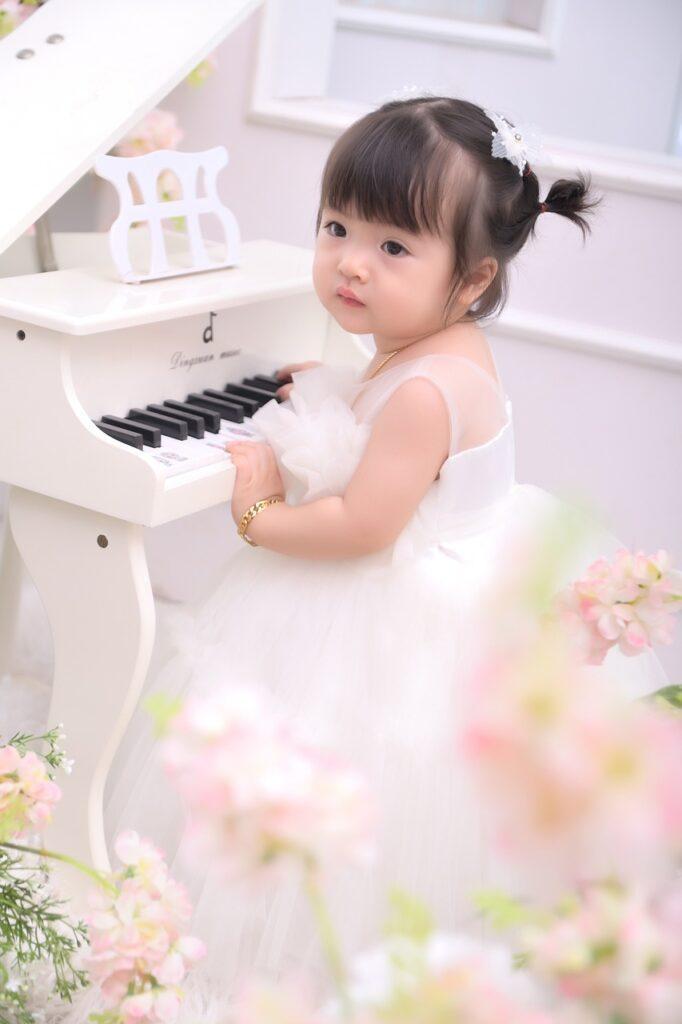“Is the Suzuki music methodology bad for learning piano?” Look online, and you can see that sight reading can be a problem because the Suzuki method introduces reading late in the learning process. Hear what music teachers say:
What is the general consensus about using the Suzuki books and reading music? The books don’t show the student [how] to read music until about book 4. (Fiona Lloyd)
I went to school with a number of students who learned the Suzuki method. They were some fine musicians, but they couldn’t sight-read music to save their lives. (Paul Saganski)
Why can reading be a problem for Suzuki students? Because the culture Suzuki came from isn’t focused on reading:
…to teach his own violin method (the “Suzuki method”), Suzuki Sin’ichi (1897-1998) established a Western-type training system. When the idea of such a Western-type training was transplanted to Japan, it was structured so as to adapt the framework of traditional oral transmission, which is very common in the East. (Garland Encyclopedia of World Music: East Asia 50-51.)
The culture the Suzuki music method evolved in didn’t value reading music to the same degree as Western musicians.
- The method prioritizes performance over music literacy.
- For example, I had one colleague who had a Suzuki trained piano student, and he felt she played better than any of his other students.
- The key point: “They were some fine musicians, but they couldn’t sight-read music to save their lives.”
So, when choosing a teacher, you need to think about your goals.


